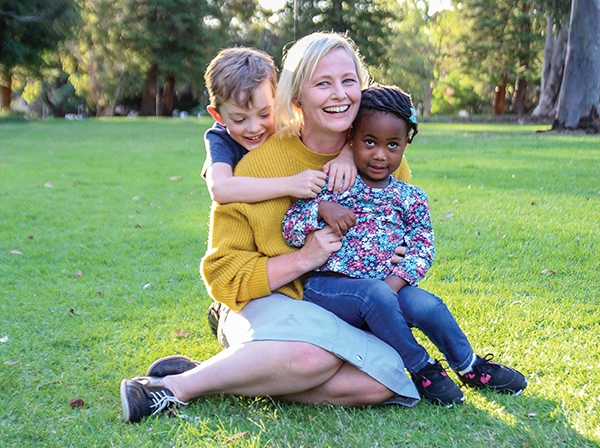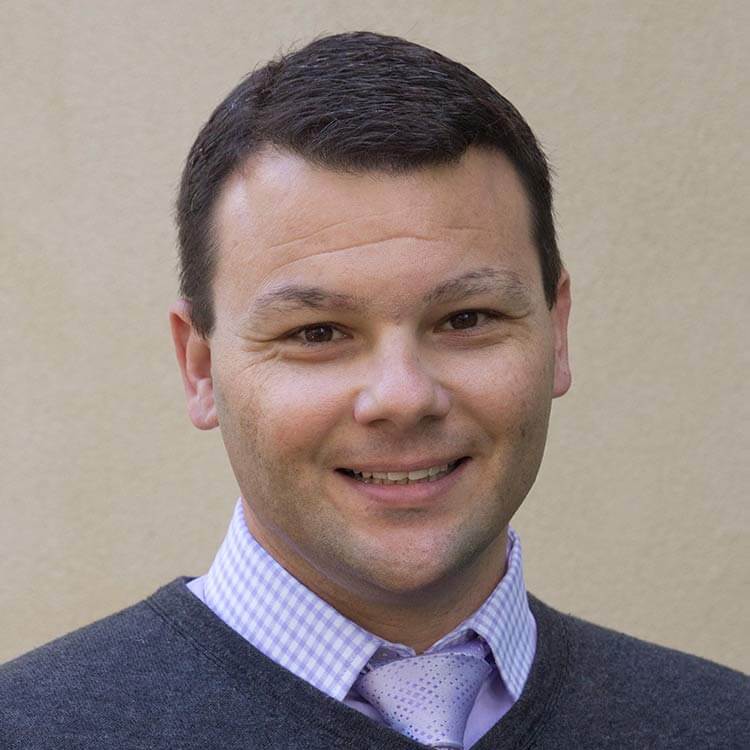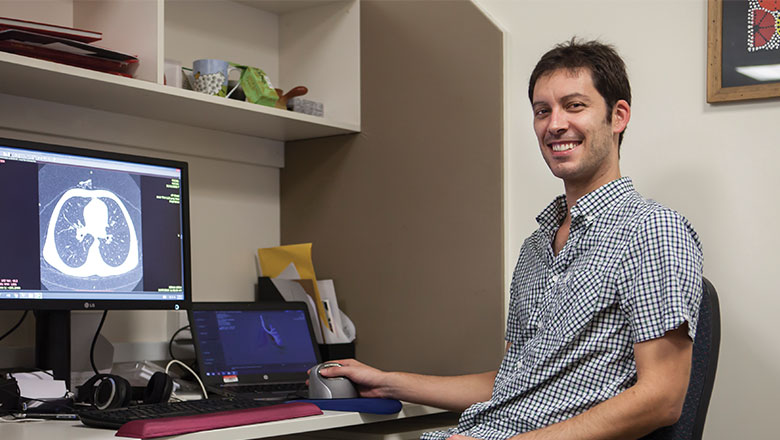Search
Research
Cyanide in bronchoalveolar lavage is not diagnostic for Pseudomonas aeruginosa in children with cystic fibrosisEarly detection of the cyanobacterium Pseudomonas aeruginosa in the lungs of young children with cystic fibrosis (CF) is considered the key to delaying...
Research
Identifying peroxidases and their oxidants in the early pathology of cystic fibrosisWe aimed to determine whether myeloperoxidase (MPO) is the main peroxidase present in the airways of children with cystic fibrosis (CF) and to assess which oxid
Research
Clinical associations and prevalence of Scedosporium spp. in Australian cystic fibrosis patients: identification of novel risk factorsRisk factors for the association of Scedosporium in cases of cystic fibrosis (CF) and its clinical implications are poorly understood
Research
Detection of occult Scedosporium species in respiratory tract specimens in cystic fibrosis (CF) by use of selective mediaRespiratory samples from cystic fibrosis outpatients were cultured on Sabouraud's dextrose agar (SABD) containing antibiotics, Mycosel, and Scedosporium-sel...

The Foundations of Lung Disease Team is focused on improving the diagnosis, treatment, and lifelong care of childhood lung disease.

News & Events
Execution of Licence Agreement with The Kids Research Institute Australia and Erasmus University Medical CentreResonance Health Ltd is pleased to announce that it has entered into a licence agreement with The Kids Research Institute Australia and the Erasmus University Medical Centre.

News & Events
NHMRC funding awarded to support child health researchThe Kids Research Institute Australia researchers have been awarded more than $10 million in research funding from the National Health and Medical Research Council (NHMRC).

Research
Automatic bronchus and artery analysis on chest computed tomography to evaluate the effect of inhaled hypertonic saline in children aged 3-6 years with cystic fibrosis in a randomized clinical trialSHIP-CT showed that 48-week treatment with inhaled 7% hypertonic saline (HS) reduced airway abnormalities on chest CT using the manual PRAGMA-CF method relative to isotonic saline (IS) in children aged 3-6 years with cystic fibrosis (CF). An algorithm was developed and validated to automatically measure bronchus and artery (BA) dimensions of BA-pairs on chest CT. Aim of the study was to assess the effect of HS on bronchial wall thickening and bronchial widening using the BA-analysis.

News & Events
On a quest for kids with cystic fibrosisPRAGMA-CF, a new way of measuring early lung disease in young kids with cystic fibrosis is changing the way we detect and treat CF.
